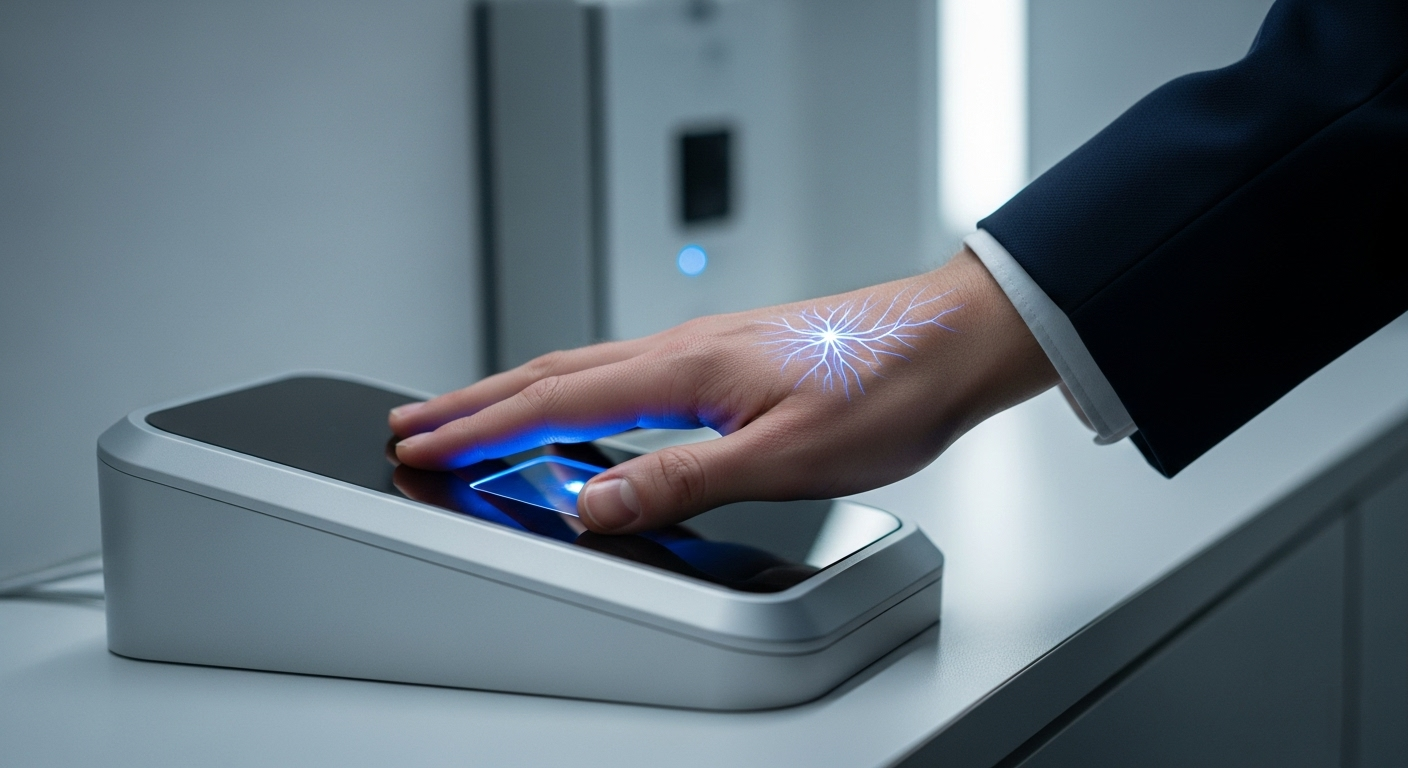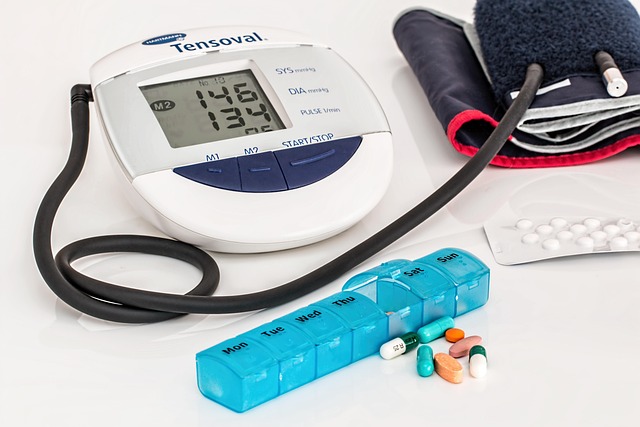The Dawn of Next-Gen Biometric Authentication: Vein Recognition Tech
Vein recognition technology, a unique form of biometric authentication, is gaining traction in the tech world, promising enhanced security and convenience for users. This article delves into the fascinating journey of this technology, its current applications, and future implications, revealing how our veins might just become the new fingerprints.

An Intriguing History of Vein Recognition Technology
Vein recognition technology, although a novel concept to many, is not a recent innovation. The concept was first broached in the late 20th century, with the earliest patent filed in 1985 by a Japanese company. It was based on the fundamental notion that the vein patterns in the human body are unique and can serve as identifying markers. However, it wasn’t until the early 2000s that the technology began to be commercialized and adopted for practical use, marking the dawn of a new era in biometric authentication.
The development of vein recognition technology has been a journey of pioneering research and technological advancements. Initial systems required users to place their hands on a scanner, making the process cumbersome and less user-friendly. Over the years, innovations have led to the advent of contactless vein recognition systems, which scan vein patterns without the need for physical contact, enhancing convenience and hygiene.
Vein Recognition Technology: The Current Landscape
Today, vein recognition technology is making waves in various sectors due to its high accuracy and robust security features. Unlike fingerprints, which can be easily replicated, vein patterns are concealed within the body, making them virtually impossible to duplicate. This feature has led to the technology’s adoption in high-security areas such as banking, where it’s being used for ATM transactions in Japan.
Another fascinating development is the application of vein recognition in the healthcare sector. Hospitals are starting to use the technology for patient identification to reduce errors and enhance patient safety. This is a significant breakthrough, considering that patient misidentification has been a longstanding issue in healthcare.
The Future of Vein Recognition Technology: A Glimpse into Tomorrow
Looking into the future, vein recognition technology promises a world where forgetting passwords or losing keys is a thing of the past. Imagine walking into your house or starting your car with just a wave of your hand, or making a payment at a store by simply showing your palm. This might sound like science fiction, but it’s a reality that vein recognition technology is paving the way towards.
The global market for vein recognition biometrics is projected to reach a staggering $1.1 billion by 2025, signifying its potential for widespread adoption. However, like all technologies, it’s not without challenges. Privacy concerns and the need for large-scale infrastructure for implementation are some of the hurdles that need to be addressed for the technology to become mainstream.
Wrapping Up: Vein Recognition Technology and the Future of Security
Vein recognition technology presents a compelling case for the future of security and convenience in our daily lives. With its unique combination of accuracy, security, and user-friendliness, it’s poised to transform the way we authenticate identities and secure transactions. As research continues and the technology evolves, we can expect to see more of this cutting-edge technology in our everyday lives, proving that the future of security is literally in our hands.




